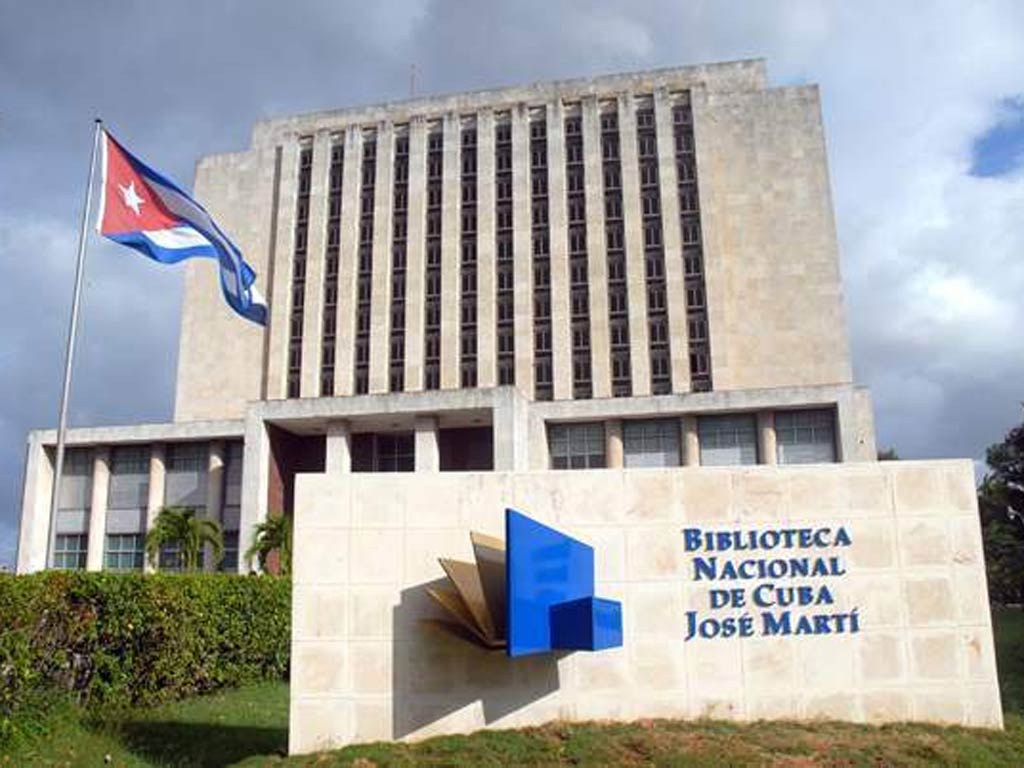Cuban intellectuals, defenders of the rich and cultured tradition of loving to read, promoted the idea of building the institution on October 18, 1901, to care for and preserve books and create and operate libraries.
According to the website of the BNCJM, on that day, in a small storage of the Castillo de la Fuerza (Castle of the Force), without books, shelves, or a librarian, outstanding intellectual Domingo Figarola Caneda (1852-1926), who was its first director, took possession of the institution.
Figarola donated the first texts from his private collection, which, according to the publication, was enriched by generous donations from prominent collectors and his constant efforts to encourage exchanges and purchases among bibliophiles.
Later, in 1902, it was located in the Maestranza de Artillería where the Magazine of the National Library was being published, thanks to Mrs. Pilar Arazoza de Müller who donated a small printing press in 1909.
In 1949, at the initiative of Cuban scholar Fernando Ortiz (1881-1969), it was agreed to name after José Martí the building that would be constructed years later, and which is one of the most emblematic premises in Havana.
The warehouses of the José Martí National Library of Cuba preserve the historical memory of the nation and, according to the projects of those years, became the center of the Cuban political and cultural world.
jrr/iff/dfm/lld









